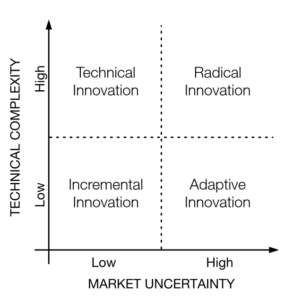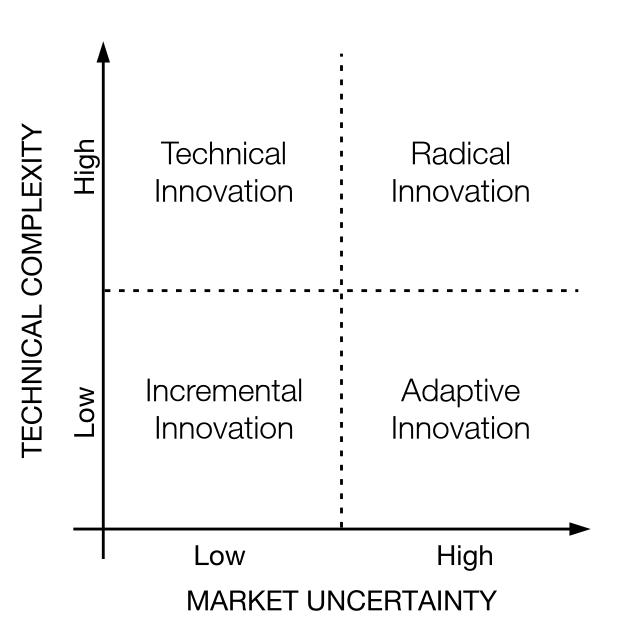 One day, I was having lunch with a pharmaceutical client who said, “The problem with our innovation pipeline is it is really a sewer.” Ouch. But it was the inspiration for this tip from Best Practices are Stupid. Here’s a short snippet from that chapter:
One day, I was having lunch with a pharmaceutical client who said, “The problem with our innovation pipeline is it is really a sewer.” Ouch. But it was the inspiration for this tip from Best Practices are Stupid. Here’s a short snippet from that chapter:
We hear the expression “innovation pipeline” tossed around a lot. But if you aren’t careful, your pipeline may get clogged.
The biggest challenge companies face is to figure out which challenges to solve. I call this their “meta-challenge.” Given that organizations have limited resources and money, prioritization is critical.
You want to manage your innovation pipeline the way you manage your personal investment portfolio. Putting all of your money in a saving account making 1% interest may be safe, but your investment will never grow and you will most likely end up destitute. Then again, putting all of your money in risky derivatives and speculative investments that have a large potential upside also have an equally large downside and will most likely land you in the gutter. The buzzword in the finance world is diversification.
Your Innovation Portfolio
Equally, your innovation portfolio should be comprised of a diverse set of investments in various types of challenges. Include some safe bets (incremental innovation) along with some riskier investments (radical innovation). It’s up to you to decide the correct proportion of each one. You want a variety of challenges ranging from service to product enhancement challenges, and performance improvement to business-model changing challenges.
Challenges tend to fall into two broad categories: technical challenges (e.g., how do we create a new chemical compound with specific properties?) and marketing challenges (e.g., how to we get women to drink more beer?).
When you map these two dimensions, you get the following chart with four broad categories of challenges:
- Incremental Innovation: These are safe and yield returns.
- Adaptive Innovation: These are challenges that are easy to implement from a technical perspective, but represent a departure from a known market need.
- Technical Innovation: This category deals with any innovation that serves a well-established need, yet is technically complex to develop.
- Radical Innovation: These innovations are both technically complex and have a high level of market uncertainty.
In Lewis Carroll’s “Through the Looking-Glass,” the Red Queen said, “It takes all the running you can do, to keep in the same place.” Only investing in incremental innovation results in a lot of hard work with little progress. On the other hand, always swinging for the fences will have you striking out most of the time. Diversify your innovation portfolio and you will keep your pipeline flowing smoothly.

